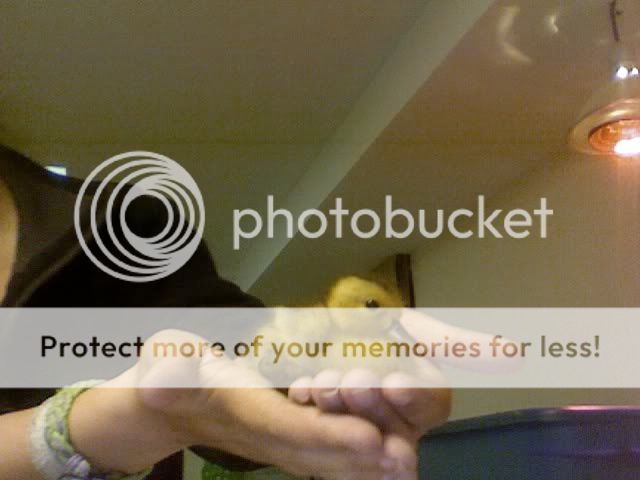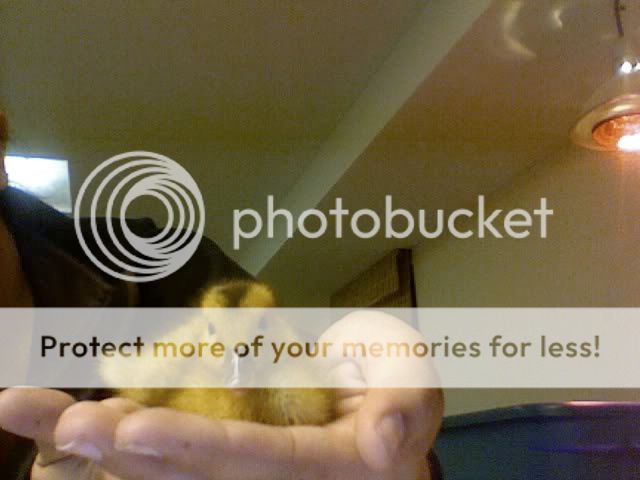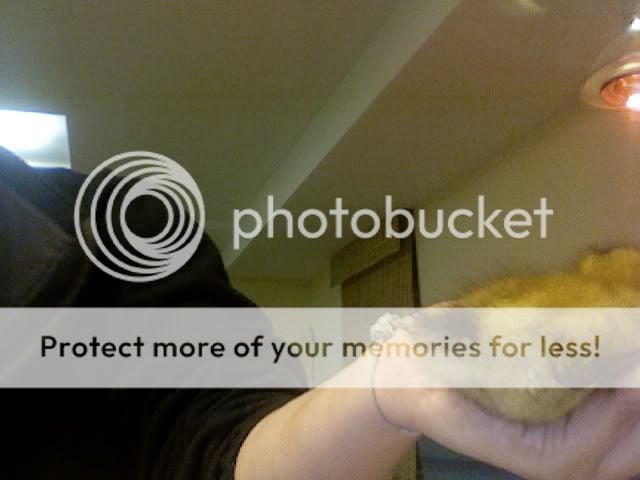So today, my dad was at work when he noticed two TINY baby ducklings wandering around outside the dealership. He went out to see what they were doing and then noticed a dead duck, most likely there mother, though the poor thing was too torn apart to really tell male or female or even what breed it was. So long story short, I now have 6 orphaned ducklings and have never had ducks before. Here's a few pictures, I'm pretty sure they're mallards but not entirely positive. Thanks for any tips you guys can give me!
Two look like this one:

The other four look like this:
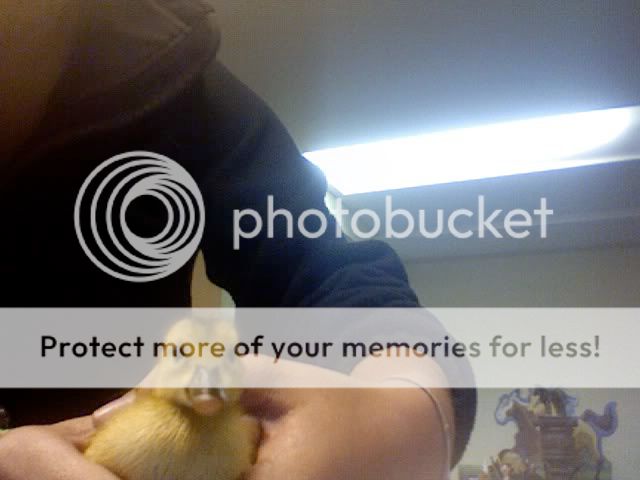
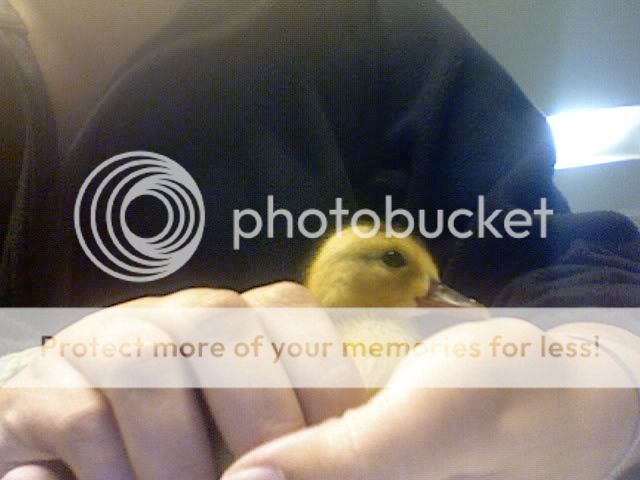
Two look like this one:

The other four look like this:


Last edited:







